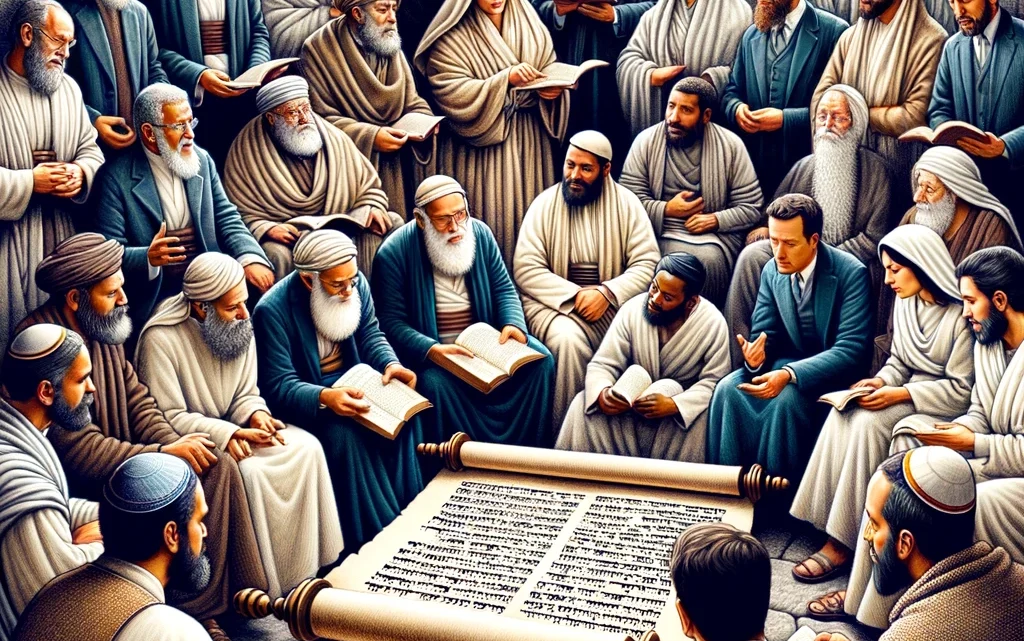Exploring the Trinity: From Early Christianity to the Hebrew Roots Perspective


The concept of the Trinity, describing God as one essence in three distinct Persons—the Father, the Son (Jesus Christ), and the Holy Spirit—is central to most of mainstream Christianity. Yet, this doctrine’s development, acceptance, and interpretation have evolved, revealing a rich tapestry of belief and theology across different Christian movements. From the early days of the Christian faith to the contemporary Hebrew Roots movement, the understanding of God’s nature offers fascinating insights into the diversity of Christian thought.
Early Christian Understandings
In the time of Christ, the explicit concept of the Trinity as understood today hadn’t been formulated. Early Christians grappled with Jesus’ divinity and relationship with God the Father and the Holy Spirit’s role. These discussions laid the groundwork for later theological development, but the first-century followers of Jesus primarily viewed Him as the Messiah, emphasizing His teachings and the promise of redemption.
The Development of Trinitarian Doctrine
The formal doctrine of the Trinity emerged over centuries, shaped significantly by ecumenical councils. The First Council of Nicaea in 325 AD marked a pivotal moment, addressing Christ’s divinity and establishing the groundwork for Trinitarian theology. Subsequent councils, like the First Council of Constantinople in 381 AD, further clarified the nature of the Holy Spirit, gradually forming the doctrine that would become a cornerstone of Christian orthodoxy.
The Hebrew Roots Movement’s Perspective
Within the Hebrew Roots movement, there’s a distinctive return to the practices and understandings of the first-century church, prioritizing the context of Jesus’ (Yeshua’s) teachings within first-century Judaism. This movement often views the traditional doctrine of the Trinity with skepticism, advocating for a theology that they believe aligns more closely with the Hebrew Scriptures and the Jewish monotheistic understanding of God.
• Skepticism of Traditional Doctrine: Many adherents question the later development of the Trinity, favoring a strict monotheism rooted in the Shema, the Jewish declaration of God’s oneness.
• Diverse Interpretations: Views on the nature of God, Jesus (Yeshua), and the Holy Spirit vary within the movement, with some proposing alternate understandings of these relationships that they argue are more consistent with the Hebrew Scriptures.Conclusion
The doctrine of the Trinity exemplifies the complexity and diversity of Christian theological development. From its early roots in the efforts to understand Christ’s nature and relationship with God to the varied interpretations within movements like the Hebrew Roots, the discussion of the Trinity offers a profound insight into the evolving nature of faith and doctrine. As believers seek to understand the divine mystery, the journey through scripture, tradition, and history continues to unfold, revealing the depth and breadth of Christian thought and belief.

